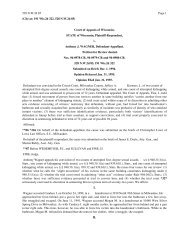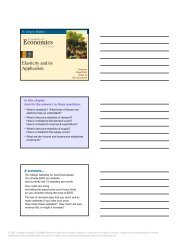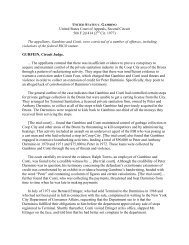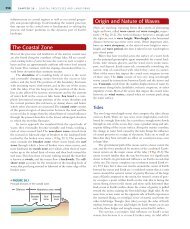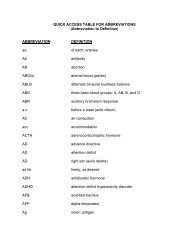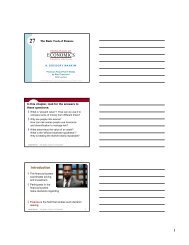Simulink Tutorial on Digital Modulation Methods - Cengage Learning
Simulink Tutorial on Digital Modulation Methods - Cengage Learning
Simulink Tutorial on Digital Modulation Methods - Cengage Learning
You also want an ePaper? Increase the reach of your titles
YUMPU automatically turns print PDFs into web optimized ePapers that Google loves.
13.7. OFFSET-QPSK 617<br />
3. How do the eye patterns in both quadrature comp<strong>on</strong>ents differ?<br />
4. How do the transmitter trajectories of Offset-QPSK and QPSK differ?<br />
5. How do the signals a_c(t),a_s(t),u_c(t), and u_s(t) differ from the respective<br />
QPSK signals in Figures 13.60 to 13.63? Note that a_c(t) and a_s(t) can<br />
never change simultaneously.<br />
Figure 13.89: In-phase source signal a_c(t)<br />
Figure 13.90: Quadrature source signal a_s(t)<br />
Figure 13.91: In-phase comp<strong>on</strong>ent u_c(t) of the transmitted signal<br />
Figure 13.92: Quadrature comp<strong>on</strong>ent u_s(t) of the transmitted signal<br />
© 2013 <strong>Cengage</strong> <strong>Learning</strong>. All Rights Reserved. May not be scanned, copied or duplicated, or posted to a publicly accessible website, in whole or in part.



